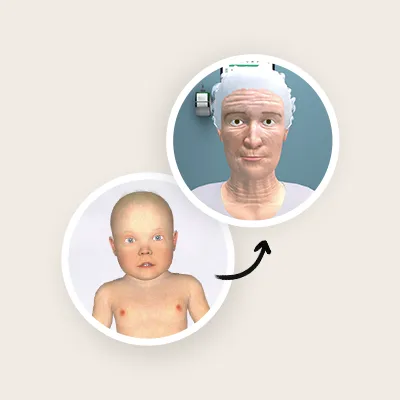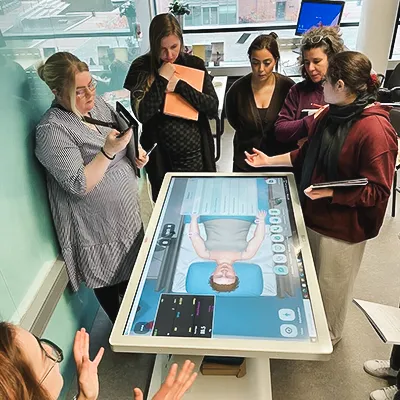Are Nurses Ready for the Real World Clinical Practice?
Becoming a nurse is no small feat. Yet, despite years of training, many newly graduated nurses feel unprepared for the realities of clinical practice. Studies highlight critical thinking, decision-making, and confidence gaps – essential skills for navigating complex healthcare environments.
The Challenge of Clinical Practice
Research consistently highlights a troubling trend: many nurses feel unprepared to handle the multifaceted demands of clinical practice. A study by Kramer et al. (2013) describes the phenomenon of “transition shock,” which occurs when newly licensed nurses are confronted with the realities of clinical work. The transition from classroom to practice often reveals gaps in critical thinking, decision-making, and hands-on skills (Chen et al., 2021).
Similarly, findings from the National Council of State Boards of Nursing (NCSBN) report that while nursing programs provide foundational knowledge, new nurses often struggle with prioritizing care, managing time effectively, and performing clinical procedures under pressure. These gaps can lead to stress, burnout, and reduced patient safety.
What’s Missing to Reduce Transition Shock in Nursing?
To address these challenges, simulation is an important aspect to prepare nurses for the real world. The simulation immerses learners in realistic clinical scenarios, enabling them to practice critical thinking, decision-making, and hands-on care in a safe, controlled environment.
Bridging the Gap with Simulation
Simulation-based education has emerged as a powerful tool to address the readiness gap. It offers immersive, realistic environments where nursing students can develop critical thinking, decision-making, and hands-on skills without risking patient safety. Research shows that high-fidelity simulation improves clinical competence, confidence, and teamwork among nursing students (Cant & Cooper, 2017).
Enter Body Interact, a virtual patient simulator transforming nursing education. Unlike traditional learning methods, this tool immerses students in realistic scenarios – from head-to-toe assessments to life-saving interventions – allowing them to practice, make mistakes, and learn in a risk-free environment.
Why Body Interact Works:
- Real-World Scenarios: Diverse cases mirror actual clinical challenges.
- Instant Feedback: Detailed analytics help students improve.
- Flexibility: Accessible anytime, anywhere, making it perfect for modern learners.
Incorporating tools like Body Interact into nursing education ensures that graduates are equipped with theoretical knowledge and the practical confidence to deliver exceptional patient care from the very start of their careers – they’re ready to hit the ground running, providing safe and effective care from day one.
Explore more about Body Interact for Nursing programs!
By Ana Santa – MSN, APRN
Editorial Manager









